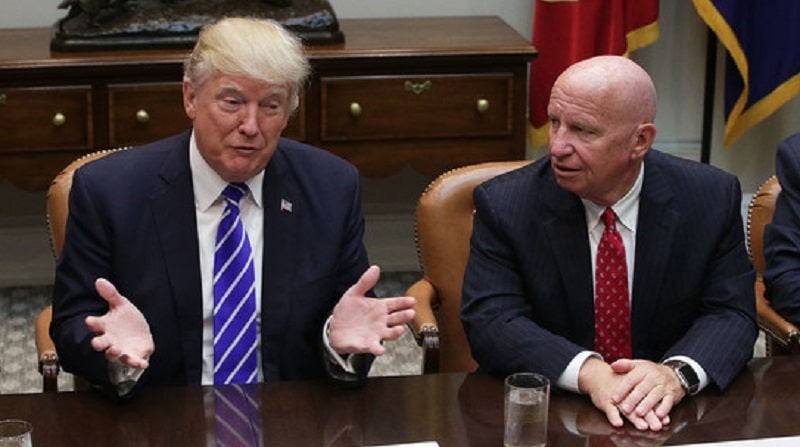Republican members of the House of Representatives’ Ways and Means Committee and the Trump Administration are working together to develop a “Tax Cuts 2.0” outline similar to the “framework” that was released in September 2017, as a precursor to the Tax Cuts and Jobs Act (TCJA).
Ways and Means Committee Chairman Kevin Brady (R-TX) recently provided more details about the bill in an interview with the Washington Post Live. Brady said that he plans to hold listening sessions with other House Republicans to gather ideas for the tax package and circulate the draft among House lawmakers during the month of July. A final legislative outline is expected to be released in August, with a vote on the house floor anticipated in the fall.
Brady commented further on the reason for pushing for more changes so soon after the TCJA was enacted in December, 2017:
“…a point I’ll make is that 2.0 is really about changing the culture in Washington, away from wait 30 years for tax reform, watch America fall behind our competitors, watch this tax code get junked up by a bunch of special interest provisions. That was the old way.
The new culture is to continuously improve every year, to never fall behind our competitors again. …And what I’ve asked our colleagues to do is to mirror what we know the most successful corporations do, which is … they wake up every day and ask ‘how can we be more competitive or innovative better?’
I want Congress to look at the tax code every year and ask themselves the same three questions; how do we be more competitive, innovative, better?”
Brady also noted that Tax Cuts 2.0 would likely not be a single bill – rather, several bills – with a focus on making the tax cuts permanent.
Primary Focus
Republican leaders will push to make permanent the individual tax cuts enacted temporarily through 2025 under the TCJA. Brady has indicated several times since the passage of the TCJA that extending the individual tax cuts will be the “centerpiece” of the next package.
According to a report recently issued by the Tax Foundation, making the TCJA’s expiring individual tax code changes permanent would result in a larger economy in the long run. According to the report, a “small, positive economic impact” is expected during 2019 through 2028, with more significant results in the future. “In the long run, making all individual tax provisions permanent will lead to 2.2 percent higher long-run GDP, 0.9 percent higher wages, and 1.5 million more full-time equivalent jobs.”
Not all the news is good, though. The report further notes that the positive economic increases come at a cost. “Making these provisions permanent will also increase the deficit, reducing federal revenues by $638 billion ($575 billion on a dynamic basis) over the 10-year budget window and in the long run, reduce federal revenue on an annual basis by $165 billion ($112 billion on a dynamic basis).”
An additional consideration in the current discussions is whether to further decrease the corporate tax rate. Under the TCJA, the corporate tax rate was permanently lowered from 35% to 21%, but Republicans may push to further cut it to 20% (which was originally promised in their 2017 tax reform efforts).
Likelihood of Passage
At this time, the prospect of the House’s tax cut 2.0 package clearing the Senate remains questionable, and even unlikely, since the Republicans will not have an option to pass the bill with a simple GOP majority as they did with the TCJA. Without the reconciliation structure in place, the legislation must meet a 60-vote threshold in the Senate.
Based on the current make up, the 2.0 legislation would require at least nine Democratic votes to clear the chamber. So far, Congressional Democrats have been critical of the TCJA and are not expected to support legislative efforts to extend the new law’s provisions. However, Republicans hope that timing a vote close to midterm elections in November may help them get the needed Democratic votes.
Concluding Thoughts
At this time, it is difficult within the tax practitioner community to discern the prospects of the bill. Obviously, the 2.0 legislation is in its earliest stages, and future economic and business developments will have an effect on its final passage. However, Democratic opposition is sure to be strong and, given the ongoing criticism of last year’s tax bill, efforts to make additional tax cuts (especially for those Americans deemed to be wealthy) will face an uphill battle.
Grossman Yanak & Ford LLP will keep our clients and friends informed of future developments as they occur. Meanwhile, should you have a question or comment, please contact Bob Grossman or Don Johnston at 412-338-9300.
Related Posts
White House Remains Focused on a Second Tax Reform Package
President Trump and House Republicans Planning Phase Two of Tax Reform






